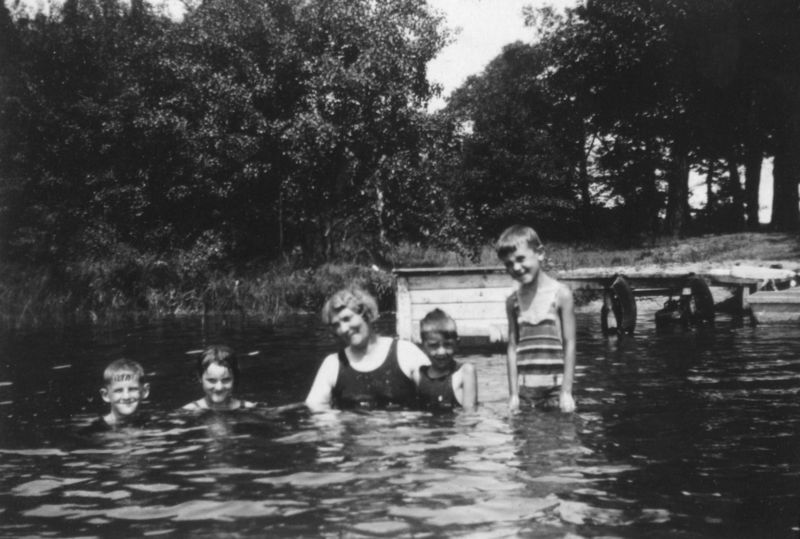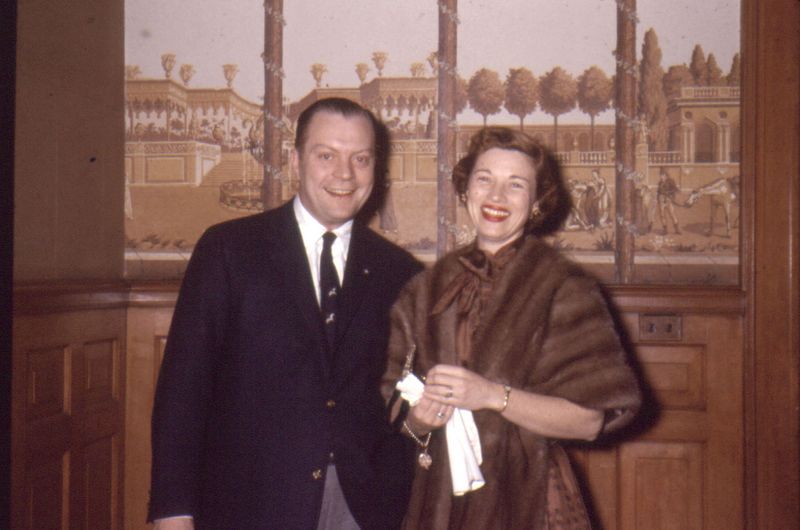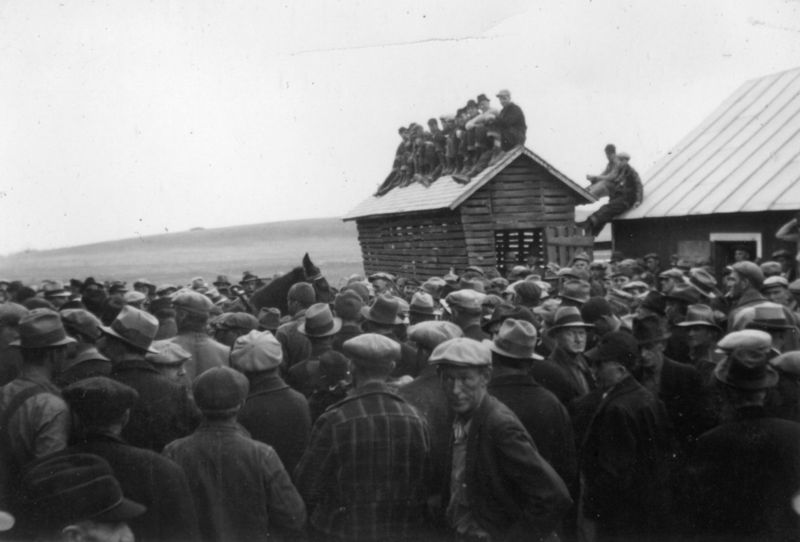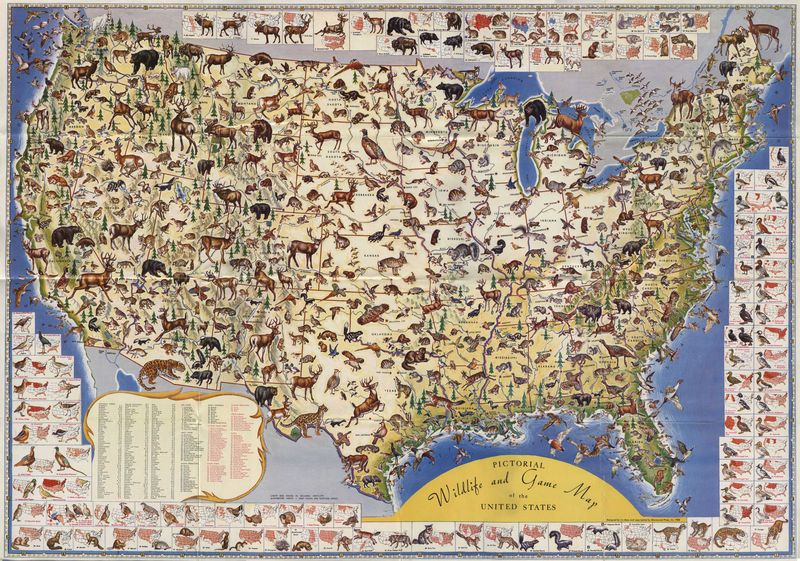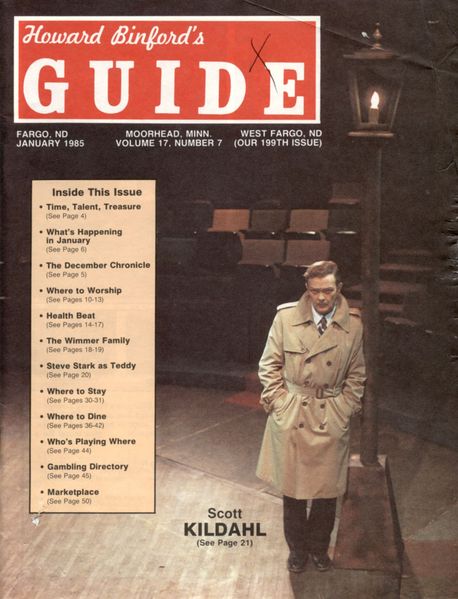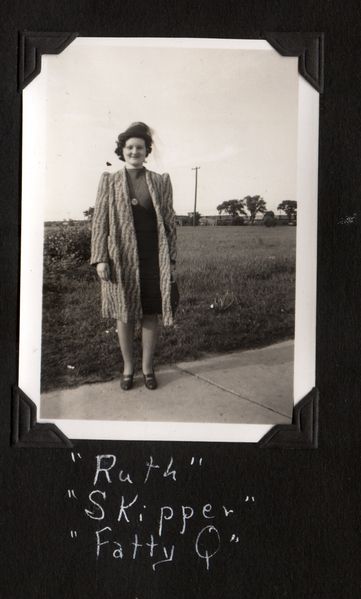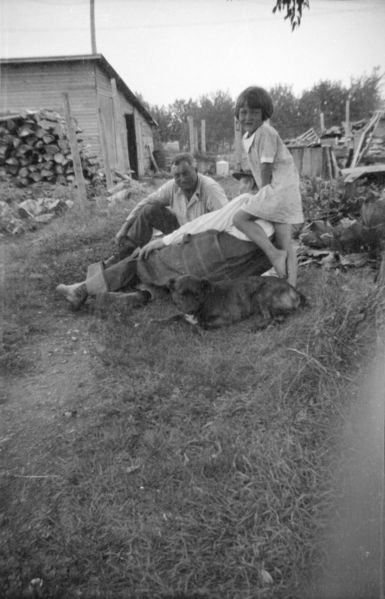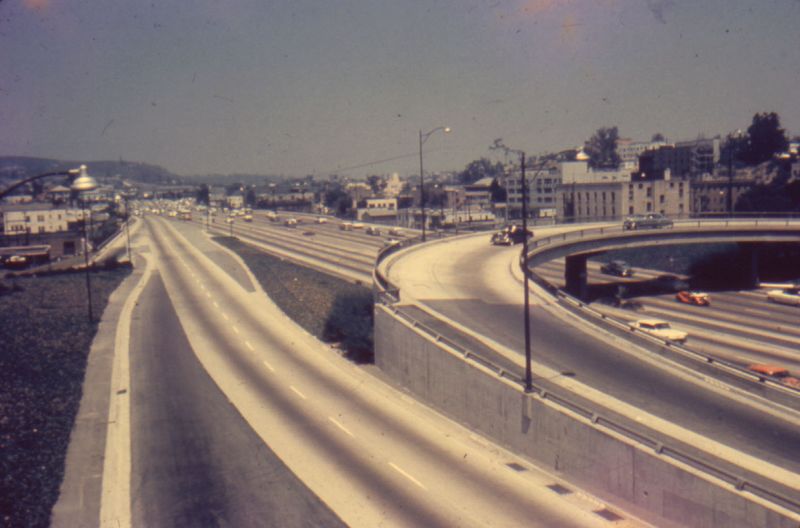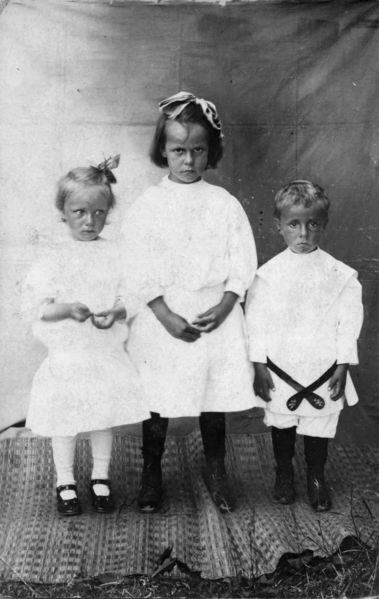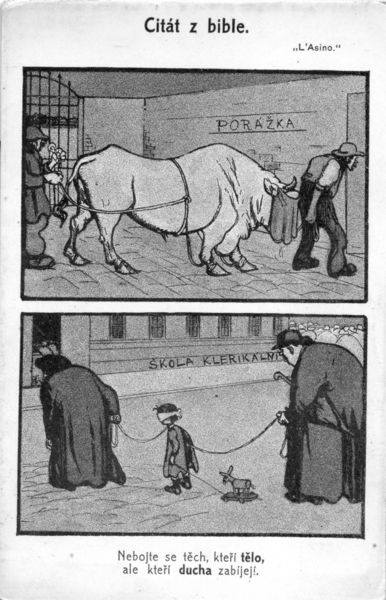 Last week’s postcard got a lot of attention thanks to SPS (nsfw), so here’s card #2. This appears to hail from the same time-period, but isn’t postmarked or dated like the previous card. The top line says, “Quotation From Scripture“, and the bottom reads, “So fear those who slaughter the body and the soul.” Like a bull to slaughterhouse (porážka), a child is taken in for religious education (škola klerikálni). The blindfold on the bull is used to keep it calm when leading it to slaughter; the child is also being taken ‘blindfold to the abattoir,’ oblivious to the harm approaching. Even without understanding Czech, the image is powerful without the direct accusation of destroying body and soul.
Last week’s postcard got a lot of attention thanks to SPS (nsfw), so here’s card #2. This appears to hail from the same time-period, but isn’t postmarked or dated like the previous card. The top line says, “Quotation From Scripture“, and the bottom reads, “So fear those who slaughter the body and the soul.” Like a bull to slaughterhouse (porážka), a child is taken in for religious education (škola klerikálni). The blindfold on the bull is used to keep it calm when leading it to slaughter; the child is also being taken ‘blindfold to the abattoir,’ oblivious to the harm approaching. Even without understanding Czech, the image is powerful without the direct accusation of destroying body and soul.
The quote isn’t right, though; I compared to several Czech translations available online, and the quote is similar to Matthew 10:28, which says not to fear enemies who can destroy the body, instead fear what God can do to your soul in Hell. By changing word-placement, the maker of this card accuses the clergy of making a Hell on earth for students left in their care.
I’ve read up a bit more on what group would be so critical of the church to produce these editorial cartoons so publicly. At the time, turn-of-the-20th-century, the Freethinkers were a prominent group in Czech life, growing from Bohemia and anti-Hapsburg sentiment. The Czech regions, ruled by Austria, were made Catholic states, and popular sentiment began to turn anti-church by the mid-19th century. The Hapsburgs rule ended, and the regions gained more autonomy through the end of the 19th century. Marxism and socialism were developing as social, non-governmental movements, the Freethought movement was very popular amongst the religion-suspicious populous. These postcards were popular-sentiment status quo for the young independent, Bohemian Czech Republic.
